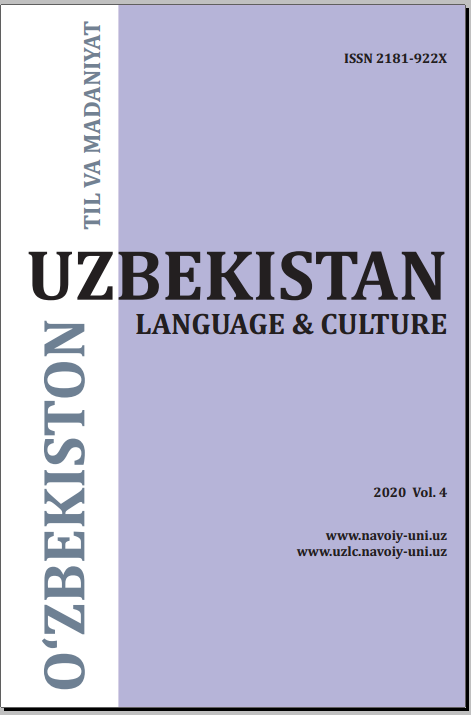The Usаge of Genres and Literature in “Rashakhot” by Fakhruddin Ali Safi
Keywords:
manoqib, genre, poetic arts, baroat-iistihlolAbstract
In the literary environment of the XIV-XV centuries in Herat, there
are many bilingual writers known for their unique works, fiery poems,
epics in the educational spirit, works of mystical prose. These poets
have strongly influenced the rise of Persian and Turkish poetry over the
centuries. One such author is Fakhruddin Ali Safi ibn Husayn Waiz Kashifi
Hirawi (1463–1533), a prominent manoqibnavis and tazkiranavis scholar
who left a rich scientific and literary legacy.
The work of Fakhruddin Ali Safi was formed and developed on the
basis of the rich literary heritage of such great artists as Nizami Ganjavi,
Saadi Shirazi, Haqqani Shirvani, Imamiddin Nasimi, Mavlono Abdurahman
Jami, Alisher Navoi. Ali Safi is a writer who speaks Turkish, Persian, and
Arabic fluently and is fluent in three languages.
This article, Fakhruddin Ali Safi ibn Husayn Waiz Kashifi’s work
“Rashahot aynu-l-hayat” (“Drops of the spring of life”) dedicated to Khoja
Ubaydullah Ahror, the style of artistic expression and interpretation in
his work, the author’s own work Poetry genres, poetic and artistic arts,
baroat-i istihlol, ie the art of husn-i talil, literary sciences, in particular, the
science of narration, assimilation, satire issues of the artist’s artistic skill
related to such topics as rhetoric, martial arts, and so on are analyzed.


